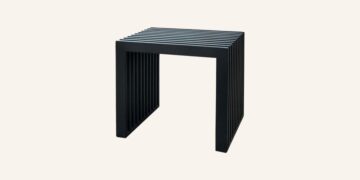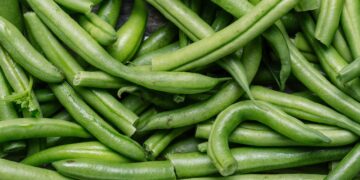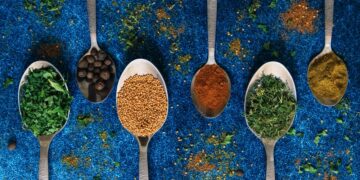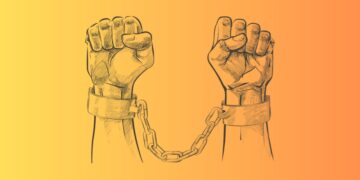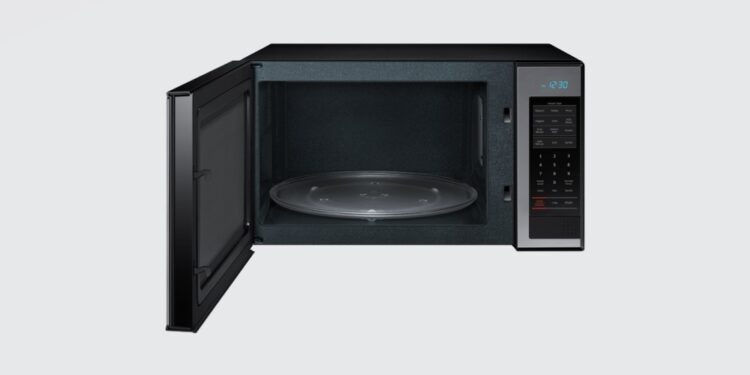There’s no denying that the microwave is the most convenient appliance nowadays. Although you may not realize it, your microwave puts in just as much work as you do. While it might be one of the most convenient appliances for warming up your grub, that doesn’t mean it’s meant to withstand everything. The most important aspect of microwave safety is knowing what does and doesn’t belong in the appliance. Popping the acidic foods, boxes, containers, or mugs in the microwave could make you sick or leach chemicals into your food, or even explode damaging your microwave or cause a disaster.
Here are the deadliest things that you should never put in the microwave.
1. Paper bags
Keep paper bags, plastic bags or newspapers out of the microwave. Paper bags emit toxins and fumes when warmed up. Because in a microwave things heat so quickly and paper bags can release toxins, the bag will ignite causing a fire in the oven.
2. Aluminum foil
A microwave’s interior is actually made of metal, which allows it to function like a mirror. Instead of casting a reflection of your face, the metal reflects radio waves or microwaves. The radio waves emit electromagnetic energy, warming up your items. When metal is placed inside a microwave, the waves are reflected off of the item, causing the aluminum foil to burn rapidly and ignite. Needless to say, you will witness sparks inside which can damage your microwave or the aluminum foil can catch fire.
3. Plastic
Plastic containers can release harmful chemicals that can leach into food when exposed to the heat of a microwave oven. When heated, plastic releases Bisphenol A, or BPA, an organic compound used to make plastic clear, and phthalates, which allows it to be supple. BPA and phthalates are believed to be “endocrine disrupters”. These are substances that mimic human hormones, and not for the good.
Plastic containers like yogurt cups and butter containers are meant for one-time use. They aren’t made to withstand the high temperatures and heat of a microwave, and if heated they can melt and potentially release chemicals into your food. Certain tupperware-type plastic containers will have a label telling you if they are microwave-safe. If you don’t see that label, check the manufacturer’s website or use a glass plate.
4. Take-out boxes
These takeout boxes often have a thin metal wire handle, which can catch fire in a microwave. When heated, the wiring may cause sparks or flames and may damage your microwave permanently.
5. Travel mugs
Typically constructed of plastic or steel, a travel mug should not make its final destination into your microwave. Because of the metal that’s part of your microwave’s construction, steel cups will inhibit your beverage from being heated and potentially cause friction from the energy being emitted. For plastic mugs, check labeling to see if it is “microwave safe”, otherwise it’s best to keep your travel mugs on the move. It’s worth the extra effort to heat your coffee in a microwave-safe mug and transfer it to your travel mug.
6. Eggs
Never put whole eggs in microwave. As the moisture inside it is heated by the microwave, steam inside the egg builds up too rapidly. Eventually, too much steam builds up and the egg ends up exploding when it gets too hot. If you want to make hard-boiled eggs, boil them in a pot on the stove.
7. Frozen meat
The major problem with defrosting meat in your microwave is that the heat isn’t evenly distributed, bacteria can grow and spread on the food. Thus, leading to food poisoning and other illnesses. The insides will be frozen while the edge of the meat is likely to start cooking. If you need to defrost meat that was in the freezer, just leave it in the fridge overnight.
8. Hot peppers
Hot pepper contains capsaicin. Not only can they possibly spark and cause a fire, but when you open the microwave, chemicals released from the peppers may cause you to choke and even burn your eyes. It’s a process similar to pepper-spray. Peppers are also known to explode in the microwave, leaving a sticky mess.
9. Breast milk
Microwaving frozen breast milk will cause uneven heating, leaving hot spots that can burn the baby’s little mouth.
10. Whole fruits
Putting fruits in the microwave is never a good idea as they will lose a bit of their taste and texture if you put them in the microwave. Some fruits might withstand the heat, but others like grapes, apples, peaches and pear will explode.
11. Styrofoam
Styrofoam is a type of plastic, which doesn’t mix well with microwave temperatures. Though restaurant leftovers have lived in them for what seems like an eternity, polystyrene foam containers, commonly known as styrofoam, don’t belong in your microwave. Not only is the material difficult to biodegrade, but when heated in the microwave the foam may begin to melt, allowing chemicals to be released into your food. And if the contents inside are hot enough, your food could melt through the packaging. On the plus side, there are some polystyrene foam containers that can be used in your microwave; just make sure you read before warming.
12. Nothing
Powering up your microwave without placing anything inside is a sure way to ruin your appliance. In fact, it could be blown to smithereens. The microwaves released have to to go somewhere. Without a destination, the waves bounce off each other and are absorbed by the microwave, causing it to catch fire.
Final thought
Most of us likely think of our microwave as a safer cooking appliance than a conventional oven or stove. While that’s largely true, it’s still important to exercise caution and keep in mind what does and does not belong in a microwave – or risk becoming one of those kitchen fire statistics. When it comes to microwaves, your best bet is to keep it simple. Remember, they were made to heat your food, not complicate it. The next time you consider putting something in the microwave you’re unsure about, talk it over with your oven or stove.











































































































